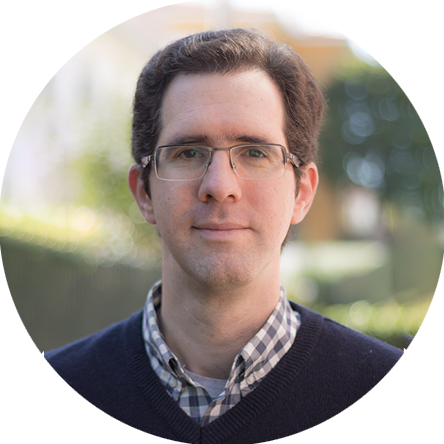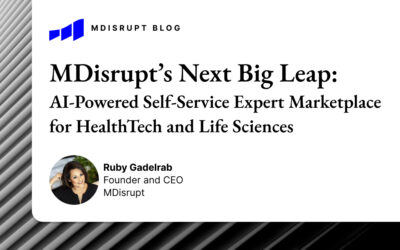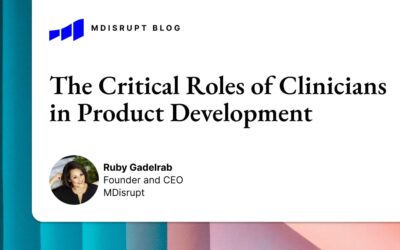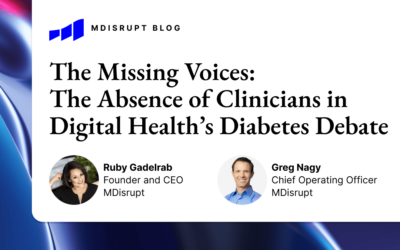Most digital health companies understand the importance of achieving product/market fit (i.e., the degree to which their products meet an actual demand from customers).
At least in theory.
In practice, a lot of digital health companies still struggle to develop visions for products that reflect actual user needs. Similarly, many digital health companies are struggling to translate technological innovations into products that people can and want to use.
One way to resolve these challenges is through user research – an effective, but underutilized practice that helps product developers understand their prospective users’ needs and gather actionable insights that optimize product designs. Using various methods, such as ethnographic observations, individual and group interviews, surveys, and usability tests, user researchers help ensure that products are designed in a user-centered manner that is likely to increase a product’s success.
How is user research different from market research?
At a glance, user research might seem similar or even equivalent to market research. Both utilize similar methods, such as surveys and interviews, to gather insights about prospective customers. But, the two disciplines apply these methods differently and have different goals for the types of insights they seek to collect.
At a high level, market research involves the investigation of consumer behaviors, opinions, and trends with the goal of identifying insights that will help direct business strategy. By contrast, user research involves the study of users’ hands-on interactions with products, as well as their needs and expectations for future products, with the goal of identifying insights that will help direct product design and development activities.
Market and user research and not substitutes for one another. Rather, they are complementary activities that can build on each other’s strengths.
The right method at the right time
User research can reveal valuable insights at all stages of product development, from early discovery and conceptualization phases through final development and validation. In each phase, different research methods might be more or less suitable.
In the early discovery phases, observation-based research can be especially valuable. I’m still surprised to discover companies that are developing digital health or medtech without ever having visited the clinical environment in which they expect their product to be used. Observation-based research in prospective use-environments can reveal the current challenges that your prospective users are facing and can often be a great source of inspiration for thinking of innovative solutions that actually help users.
Interviewing users, either one-on-one or in a focus group, is another activity that can be particularly helpful during early product development. In particular, interviews are an effective means for developing a deep understanding of users’ opinions about their experiences with relevant products and their expectations for future products.
In comparison to observations and interviews, surveys can provide an efficient means to collect answers from a large number of respondents. Although surveys are less effective at providing rich qualitative information, they can provide reliable answers to specific questions that are likely to arise in later stages of product development.
Other user research methods are especially effective at evaluating evolving product designs. Activities such as expert reviews and usability tests, in which representative users perform actual tasks with prototype or final versions of a product, reveal specific opportunities for improving a product’s design so as to optimize its usability, usefulness, and appeal.
Getting a helping hand
It’s always better to conduct some user research than none at all. That said, there can be downsides to conducting user research without assistance or guidance from experienced user research professionals such as human factors engineers, usability specialists, or user experience (UX) researchers. Without support from trained researchers, product developers might utilize research methods that are not well suited to their research goals or utilize flawed research protocols that result in the collection of misleading information.
Getting started
The good news for digital health companies eager to dive into user research is that it’s never been easier. Industry enthusiasm for the potential of digital health means that many clinicians are eager to contribute to user research, while the rise of remote communication and research tools enables efficient and simple execution of many research activities.
With its large pool of clinical, product, and user research experts, as well as with its new research tools, MDisrupt has seen first hand how digital health companies improve their product/market fit through user research.

Jonathan Kendler
For over 20 years, Jonathan has been helping medical device and healthcare technology companies make their products safe and easy to use by applying human factors engineering and user-centered design to their product development efforts. He has consulted for a wide range of companies, including both startups and large companies, helping to ensure that their products meet users’ needs, comply with best design practices, and conform to international regulations and standards for usability engineering.
At MDisrupt we believe that the most impactful health products should make it market quickly. We do this by uniting digital health companies with experts from the healthcare industry to help them accelerate their time to market responsibly.
Our expert consultants span the healthcare continuum and can assist with all stages of health product development: This includes regulatory, clinical studies and evidence generation, payor strategies, commercialization, and channel strategies. If you are building a health product, talk to us.



